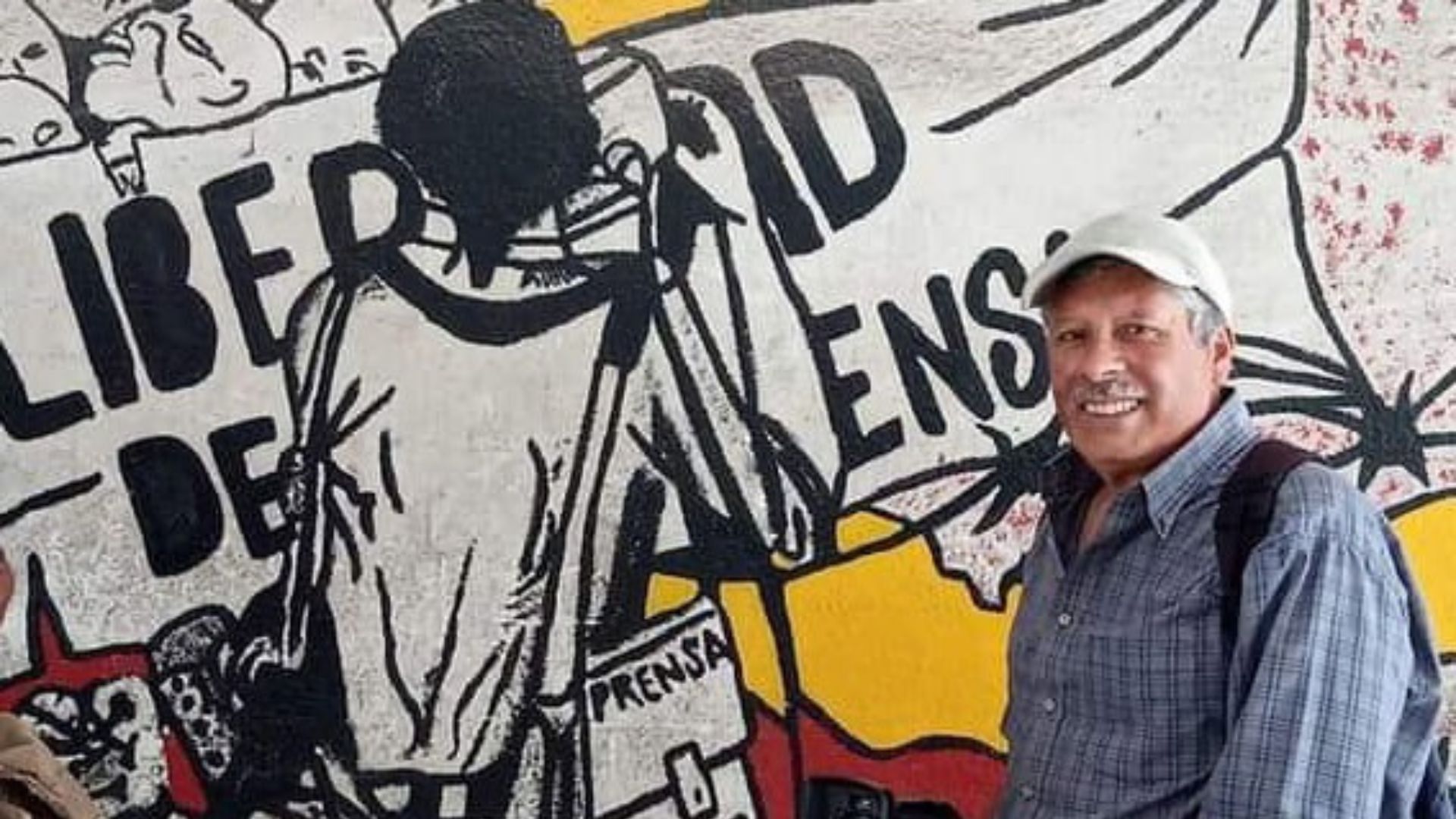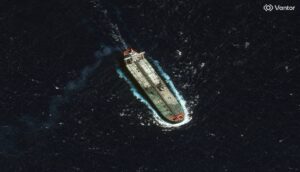
Published 06/08/2024 12:12 | Edited 06/08/2024 12:13
“Following the first exhumations of Guatemalan clandestine cemeteries in the early 1990s, we took the decision to make known the more than 600 massacres carried out by the military dictatorship with the support of advisors and weapons from the United States and Israel. A horrific repression that, between 1960 and 1996, resulted in more than 200,000 deaths and 45,000 missing people, including five thousand children. Since then, there have been more than a hundred documentaries to rescue memory, truth and justice in our country.”
The statement comes from filmmaker Arturo Albizures, awarded at the 21st International Festival of Latin American and Caribbean Cinema, in Cuba, who together with his friend Federico Boris Hernández Herrera founded the Association for Communication, Culture and Art (Comunicarte), human rights organization dedicated to the reconstruction of Guatemala’s historical memory.
In this exclusive interview, Albizures – who even suffered an attack for not bending to the threats of the fascists – draws a parallel between the crimes that Israel committed against the Guatemalan people, and what it continues to perpetuate in the Gaza Strip, bombing and relentlessly persecuting the Palestinians for opposing the horror of the occupation.
Where did the idea of founding the Association for Communication, Culture and Art come from?
Comunicarte was born in the late 80s. Initially I worked with the trade union movement and a camera donated by an internationalist came into my hands. The objective was to conduct interviews with those who were being fired or receiving threats. I take the video camera and start following my companions who arrived from abroad, joining us with more people equipped with cameras.
We had the spirit of creating a historical archive with testimonies of those who had been persecuted. We soon delved into the communities where massacres had occurred. We went to Alta and Baixa Verapaz, El Petén, to the west. Accompanying the communities, we began to collect images and record statements. What we currently have in documents is the result of this work.
In all these years, what caught your attention the most?
This entire dictatorship, all this military repression that took place after 1954 with the coup against President Jacobo Árbenz, the outbreak of war in 1960 and the signing of the Peace Agreement in 1996, brought many consequences. There were more than 600 massacres, 250 thousand deaths, more than 45 thousand detainees who were disappeared, including five thousand children.
We were supported by communities that were in the resistance and sought refuge in Mexico. We followed the first exhumations with the forensic team that was formed with Guatemalans and technicians who came from abroad. We exhumed people who had just been disappeared and then turned up in a clandestine cemetery. Testimonies are beginning to emerge and we continue to follow.
I remember that we took a lady to an exhumation in Verapazes (Alta and Baixa), which along with Rabinal was one of the hardest hit towns. We take images and project them. And that had an impact. Because until then, people didn’t want to testify because of the fear that the Army imposed. We presented it in the hall of the Catholic Church of Rabinal and the result was immediate. That was something so big that I still carry it with me today. After those people watched the testimonies, when we asked who wanted to give their testimony about someone who had suffered or survived a massacre, we soon had a huge line. From then on, people’s pain became clear. You are behind the camera, listening to their story, listening to these horrors, how they survived, how they took their families, how they slaughtered them. They tell you with tears in their eyes and it moves you and makes you feel bad. All these questions affect us deeply. From then on, we heard more and more testimonies.
When reports of the Dos Erres massacre surface, they invite us to accompany them and gather information on where the bodies were dumped. We received a complaint from a Mutual Support Group and a peasant organization, and from there many petitions. They arrive from Chimaltenango, which is the closest place to the capital, about an hour and a half away, to Petén where the Dos Erres massacre took place.
Read more: Attack on Palestinian defender in Guatemala sparks international condemnation
The CIA’s participation in the coup against Árbenz is known, but little is known about Israel’s presence.
The military presence of foreigners was clear, especially advisors from the United States and Israel. This is documented in reports and highlighted by organizations. The help was not only in the delivery of weapons, but in all the preparation for counterinsurgency carried out by these two countries. What the US and Israel did was apply extermination methods against the civilian population. These 250,000 dead were not people who were there for the war, they were from communities whose majority were devastated. With the military attacks, survivors had to leave the country.
How do you see the relationship between an extermination force like the Kaibiles and what is currently happening in Palestine?
If we now see the images of Palestine, we immediately remember the testimonies given to us in the IXIL area, where the military bombed where they knew there was a civilian population. And they bombed, chased, surrounded and bombed. It’s the same in Palestine. In Dos Erres they killed the children in front of their parents so that they would suffer, all this is happening again now. It is unacceptable that in “democratic” times we continue to impose massacres.
Human rights organizations speak of 300 Israeli military advisors in Guatemala during the period of bloodshed, did this also involve training for psychological torture?
Of course yes, that’s what I tell you: they trained to put an end to the guerrillas by putting an end to the communities. The orientation was that “the people are to the guerrilla as water is to the fish. Whoever wants to get rid of the fish must first get rid of the water.” They exterminated villages so that there would be no support for the guerrillas. Therefore, the entire orientation was to reach civil society as much as possible.
From the point of view of “special training and training”, also working in the psychological area, the army maintains a center called La Pólvora, in Petén, which I believe continues to be advised.
These documentaries are living memory. Could you point out any?
Of these documentaries there is “The truth under the earth”, which talks about the army’s repression in the municipality of Rabinal, in Baixa Verapaz, in which there are many testimonies from survivors from the villages of Rio Negro, Chichupac and Plan de Sánchez, who describe massacres between 1981 and 1983; “Dying to earn a living”, which describes one of the first massacres, that of Panzós, which occurred on May 29, 1978, and that of “Dos Erres”, which we have not yet uploaded to the internet.
Now it is important that this memory leaves our borders and that the world knows what happened. When we started documenting, we had no idea of the meaning of this rescue, of the extent of the pain of those who lived. Our documentaries bring the recovery of historical memory, the warmth of survivors. There are more than 100 documentaries, including the one awarded at the 21st International Festival of Latin American and Caribbean Cinema, in Cuba, about Panzós, with which we were recognized. We need to keep the memory alive, so that crimes like those occurring in Palestine never happen again.
Dying to earn a life – The Panzós massacre
The truth beneath the earth
Along the paths of Justice
Source: vermelho.org.br

